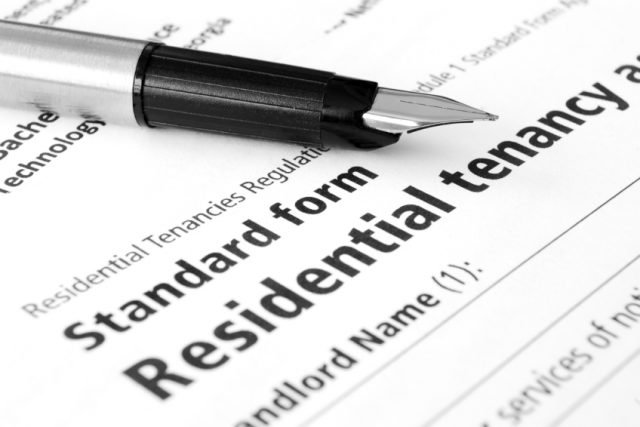New organisation to drive professionalism in sector
With residential landlords flocking to the sector in greater numbers than ever before, a new organisation promoting professionalism in the market has been launched.
The UK Apartment Association (UKAA), the first cross-industry organisation dedicated to the task, said it will focus on customer service and renter experience
Higher Standards
Championed by Housing Minister Brandon Lewis, the scheme has been designed to deliver more homes for rent with higher standards for tenants. What’s more, the UKAA plans to differentiate the multi-family housing market from the service provided by smaller scale buy-to-let landlords.
In a statement, Mr Lewis said, ‘I want to see the private rented sector respond to the nation’s housing needs by providing new forms of supply and improved quality and choice. I welcome the UKAA as a body that can help build the capabilities of the build to rent sector in this country, bringing together the needs of private renters with the institutional capital that wants to invest in meeting their demands.’[1]

New organisation to drive professionalism in sector
Development
With over nine million renters in Britain and with demand still soaring, there are certainly opportunities for build to rent developers. In recent times, the numbers of developers and investors interested in projects have risen. However, there is still a way to go before renting is the professional and service led industry, driven by institutional investors, as seen in the states.
The first international partner of the US-based National Apartment Association (NAA), the UKAA will hopefully benefit from the experience its partner is able to provide.
Doug Culkin, president and chief executive of the NAA, said, ‘the NAA is eager to bring industry training, best practices and networking opportunities to the UK. In addition, our US members are increasingly seeing opportunities for global growth and are looking to NAA for guidance when entering a new market. Our partnership with UKAA will be invaluable to our association as we address the growing need for a global renting housing industry.’[1]
Founder of the UKAA and chairman of Chainbow, Roger Southam, also said, ‘This evolution of the rental sector is creating some interesting dynamics and raising many questions about what renting in the UK should and will look like. There is clearly a case for using the extensive experience gained by the US and working together to create a more professional market to ultimately give renters a better service.’[1]
[1] http://www.propertywire.com/news/europe/uk-multi-home-sector-2016041511803.html





